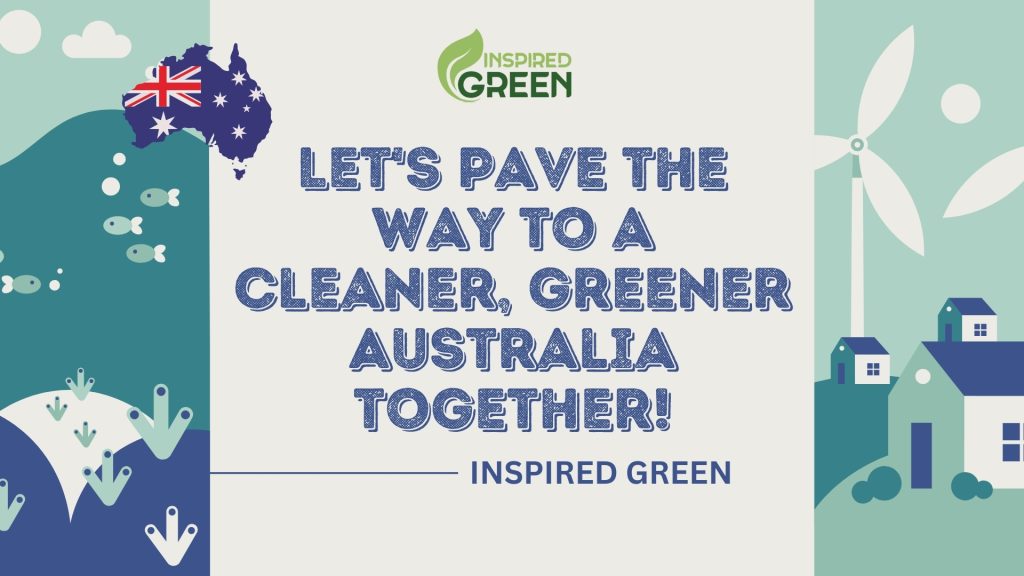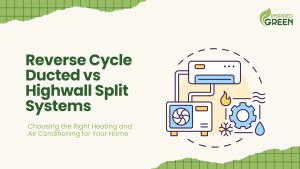In this blog, we delve into a crucial topic impacting our beautiful country – the Renewable Energy Target (RET). Australia’s diverse landscapes and unique wildlife inspire growing concerns about our energy choices and their environmental impact. Let’s break down the Renewable Energy Target through 7 key questions to illuminate this essential aspect of Australia’s energy landscape.
1. What is the Renewable Energy Target (RET)?

Australia’s Renewable Energy Target is a government policy aimed at advancing renewable energy sources to increase the proportion of electricity generated from renewables while reducing carbon emissions. By providing financial incentives in the form of Renewable Energy Certificates (RECs) for renewable energy production, the RET fosters investment in clean energy technologies like solar, wind, hydro, and biomass.
2. How Much of Australia’s Energy is Clean?

Australia’s energy mix includes a significant portion of clean energy, with renewables accounting for around 27% of total electricity generation in 2020. This growth is driven by wind and solar power, alongside contributions from hydropower and emerging technologies like battery storage.
3. How Will Australia Reach Net Zero?

Achieving net-zero emissions requires transitioning to renewable energy sources, improving energy efficiency, implementing carbon pricing mechanisms, promoting electrification of transportation, investing in carbon capture and storage, reforestation, sustainable agriculture, and fostering international cooperation.
4. Who Pays for Clean Energy Financial Incentives?

Funding for clean energy incentives comes from various sources, including businesses, government entities, carbon pricing mechanisms, international climate finance, private investments, research grants, and energy consumers through electricity bills.
5. What is Net Energy Consumption and How Do I Report It?

Net energy consumption is calculated by subtracting on-site energy generation from total energy consumption. Reporting can be done through personal records, energy monitoring systems, utility platforms, or government/regulatory agencies.
6. What Are the Financial Incentives of Clean Energy?
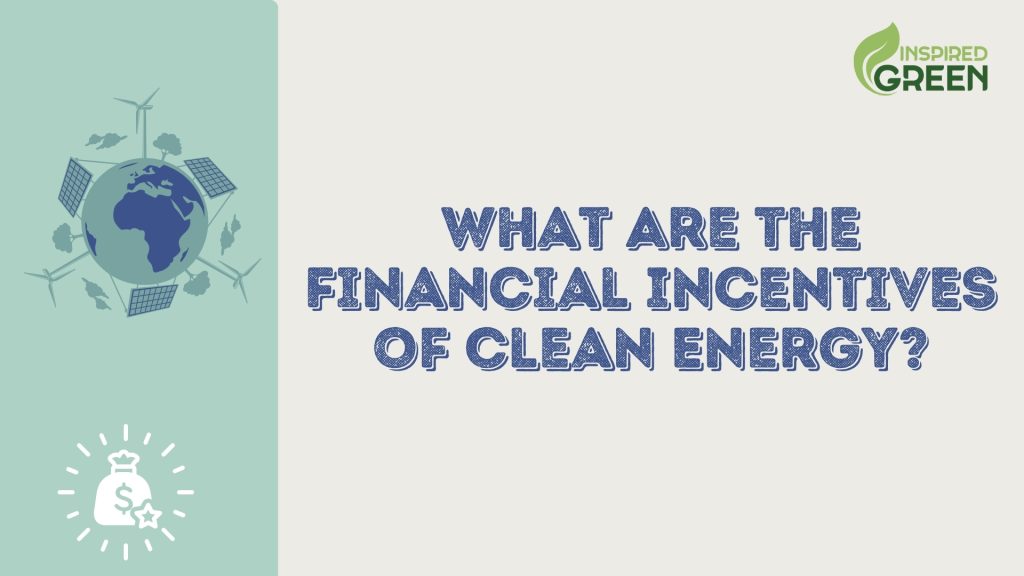
Financial incentives for clean energy adoption include tax credits, feed-in tariffs, renewable energy certificates, grants, loans, net metering, and more, promoting investment in clean energy technologies and innovation.
7. Australia’s Renewable Energy Target for 2050
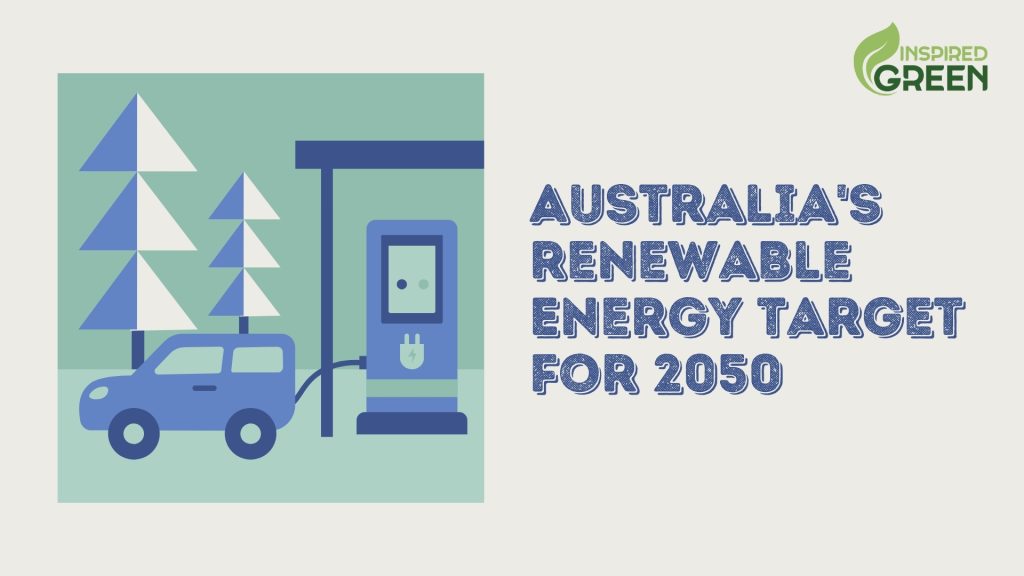
Australia has committed to net-zero emissions by 2050 and has implemented policies like the Rewiring the Nation Plan and National Energy Transformation Partnership to accelerate the transition to clean energy.
Inspired Green’s Commitment to Clean Energy
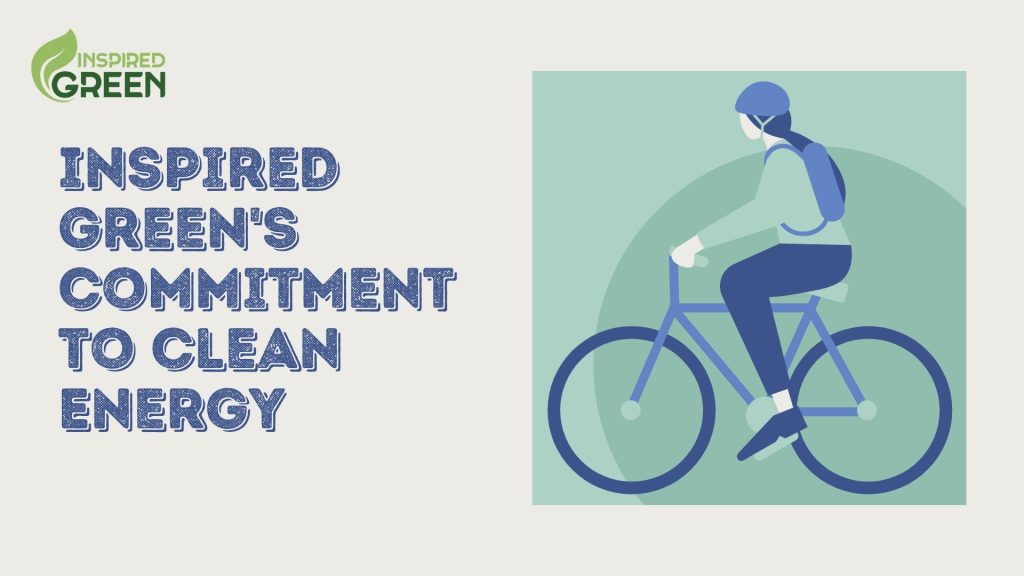
At Inspired Green, we support Australia’s renewable energy initiatives by offering sustainable energy solutions and promoting clean energy adoption. Join us in embracing a sustainable future for generations to come!
For more information on clean energy solutions and how you can contribute to Australia’s renewable energy targets, contact Inspired Green today.
Let’s pave the way to a cleaner, greener Australia together with Inspired Green. Contact us for sustainable energy solutions and a brighter future!
